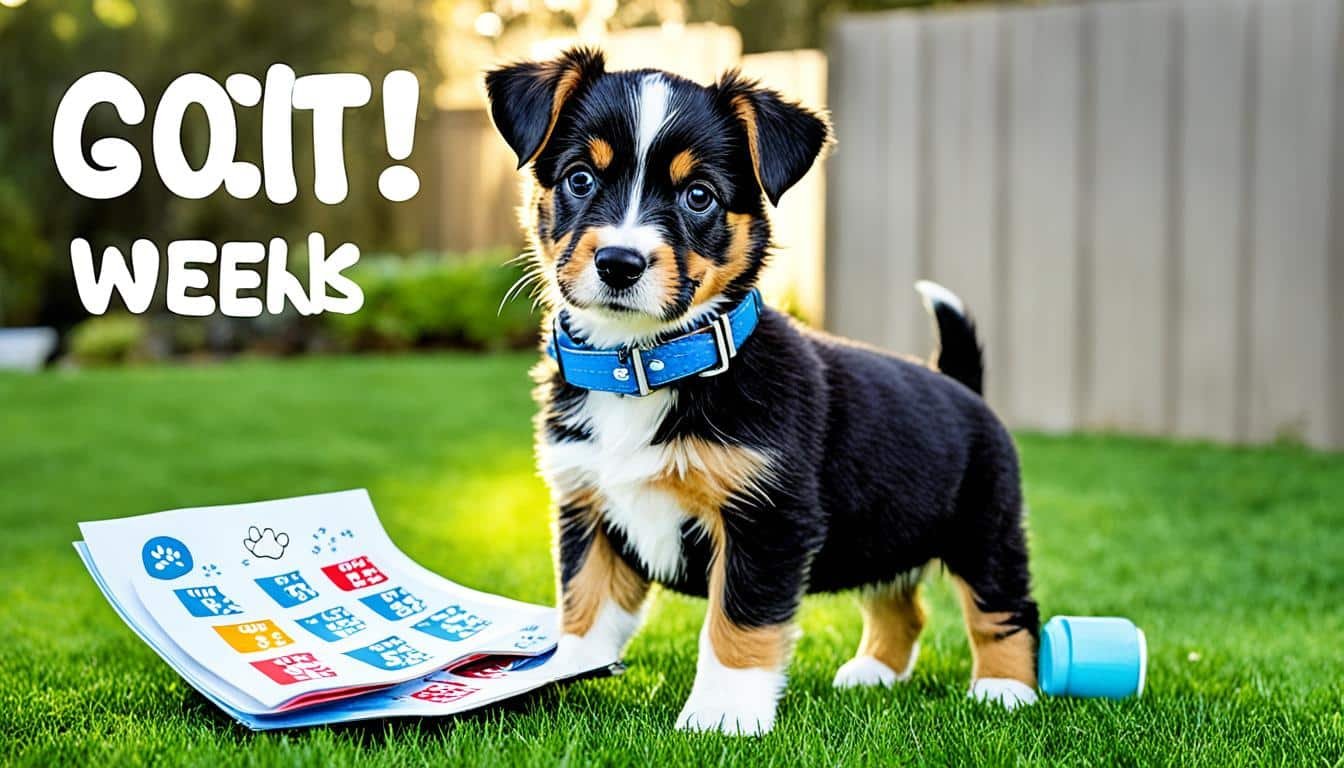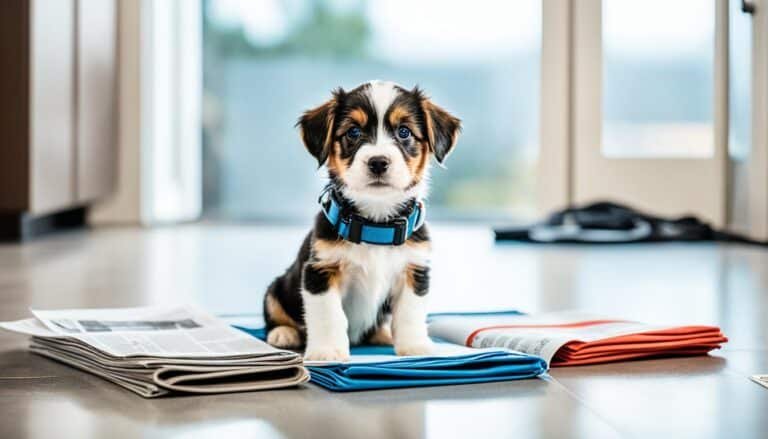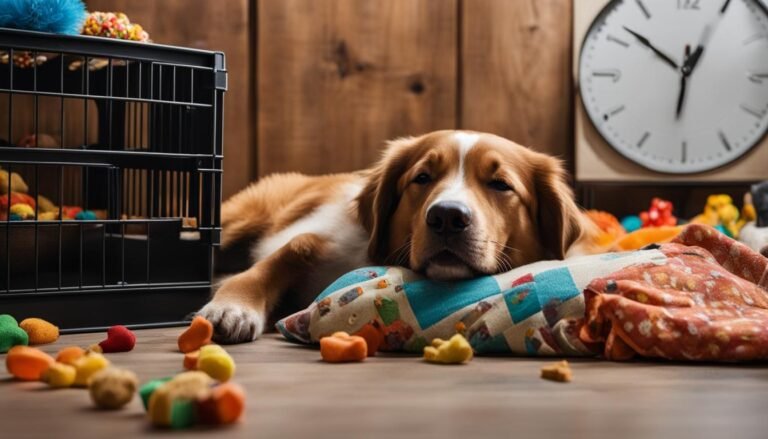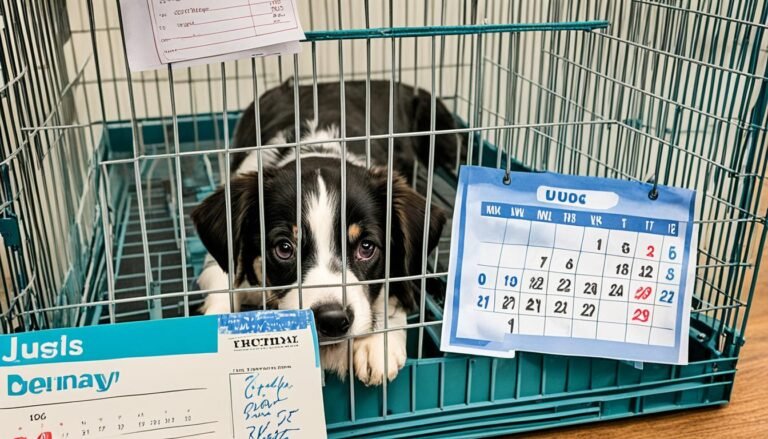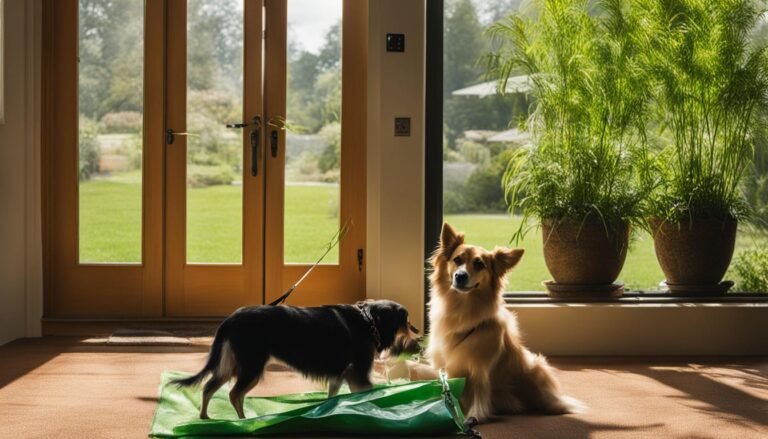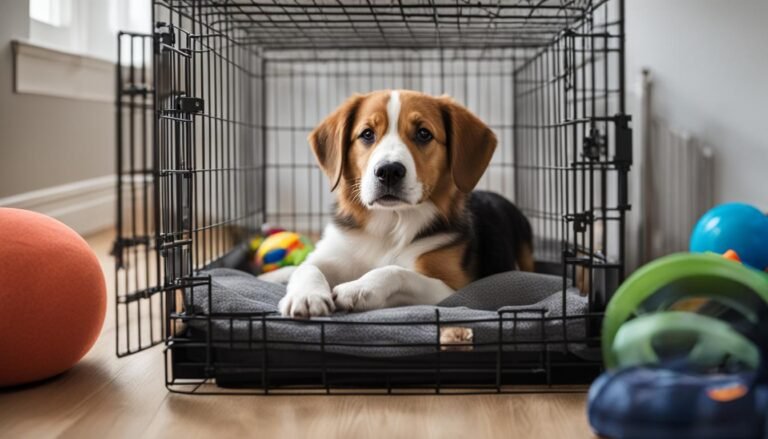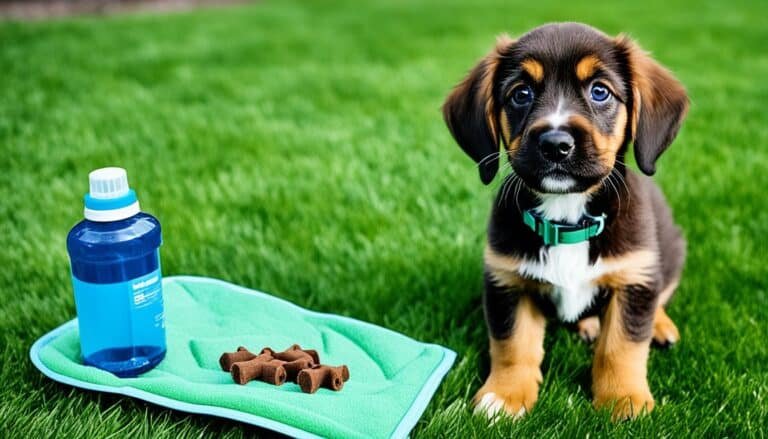When Should a Dog Be Toilet Trained?
Bringing home a new furry friend is an exciting and joyous occasion. As you eagerly await the arrival of your new companion, you can’t help but imagine all the adventures and memories you’ll create together. But amidst all the excitement, there’s one aspect that often causes apprehension and confusion for many new pet parents: potty training.
Picture this: you’re in the middle of cozying up with your adorable pup on the couch, and suddenly, they have an accident. It’s a frustrating and messy experience that can leave you feeling discouraged and overwhelmed. You may even find yourself wondering, “When should my dog be toilet trained? Am I doing something wrong?”
Take a deep breath and know that you’re not alone in your concerns. Potty training is a necessary part of your dog’s development, and with the right guidance and approach, you can turn it into a successful and rewarding experience for both of you.
But first, let’s address the question on your mind: when should a dog be toilet trained? The answer varies depending on several factors, including your dog’s age, breed, and individual traits. Generally, potty training should begin as soon as you bring your furry friend home, regardless of whether they’re a puppy or an adult dog.
However, it’s important to note that significant progress in toilet training may not be expected until your puppy is between 12 to 16 weeks old. At this point, they typically have developed enough bladder and bowel control to start grasping the concept of where to do their business.
Now that you understand the timeline, let’s explore the various approaches you can take to potty train your dog. Whether you prefer housetraining your dog to eliminate outside, using potty pads as a transition to the outdoors, or training them to use potty pads full time, there are methods suited to every pet parent’s lifestyle and preferences.
But remember, patience and consistency are key in the training process. Establishing a routine is critical, and setting aside dedicated time to reinforce positive behaviors will be the foundation for success.
So, take a moment to breathe in the love and excitement that comes with owning a dog. Embrace the journey of potty training, knowing that you have the tools and knowledge to guide your furry friend towards becoming a well-trained and cherished member of your family.
Potty Pad Training and Crate Training
When it comes to potty training your dog, two popular methods that can help simplify the process are potty pad training and crate training. These techniques provide practical solutions for pet parents who may face challenges in taking their dogs outside consistently or need a controlled environment for their potty training efforts. Let’s take a closer look at how you can incorporate these methods into your dog’s training routine.
Potty Pad Training
Potty pad training is a convenient option for pet parents who cannot always take their dogs outside for bathroom breaks. This method is particularly helpful if you work outside the home all day, live in an upper floor apartment or condo, have a small dog, or have a dog with mobility issues. To start potty pad training, designate a specific area in your home and attract your dog to it by placing some of their waste or previously soiled pads in the center. This will help them recognize the area as their designated potty spot. Additionally, using scented potty pads can further encourage your dog to use them consistently. Remember to regularly replace soiled pads to maintain cleanliness and hygiene.
Crate Training
Another effective method for potty training is crate training. Dogs naturally avoid soiling their sleeping area, making crates an ideal tool for potty training. A crate provides a safe and den-like space that can help your dog develop good potty habits. When crate training, it’s important to select an appropriately sized crate for your dog. The crate should be large enough for them to stand up, turn around, and lie down comfortably, but not so spacious that they have enough room to potty in one corner and sleep in another. By using the crate as a controlled environment, you can regulate your dog’s access to other areas of the house, making it easier to supervise their potty training progress.
Remember, whether you choose potty pad training or crate training, consistency and positive reinforcement are key. Establish a routine, take your dog to the designated potty spot or crate regularly, and reward them for successful bathroom breaks. With time, patience, and consistency, your dog will develop good potty habits, making your life easier and their potty training a success.
Tips for Successful Potty Training
Establishing a routine is crucial for successful potty training. Here are some essential tips to help you achieve successful dog potty training:
- Take your puppy outside frequently: Puppies should be taken outside to their designated potty area every one to two hours. Additionally, make sure to take them out first thing in the morning, last thing at night, after meals, playtime, naps, and time spent in a crate or confined area. This consistent schedule will help them understand when and where it’s appropriate to go potty.
- Teach a potty word or phrase: Teaching your dog a specific word or phrase associated with potty time can be helpful. For example, you can use phrases like “time to go” or “potty time.” Repeat the phrase each time you take your dog outside to reinforce the behavior you desire.
- Deal with accidents calmly: Accidents are normal during the potty training process. Instead of scolding or punishing your dog, use accidents as teaching experiences. Clean up the mess without making a fuss and bring it outside to the designated potty area. This way, your dog will associate going potty with the outdoor space.
- Use positive reinforcement: Positive reinforcement is key to successful potty training. Each time your dog goes potty outside, praise them enthusiastically and offer a small treat as a reward. This positive association will motivate them to repeat the behavior in the future.
- Be patient and avoid punishment: Potty training takes time and patience. Avoid rubbing your dog’s nose in accidents or scolding them, as this can create fear and hinder the training process. Stay consistent, supervise your dog, and provide positive reinforcement to encourage their progress.
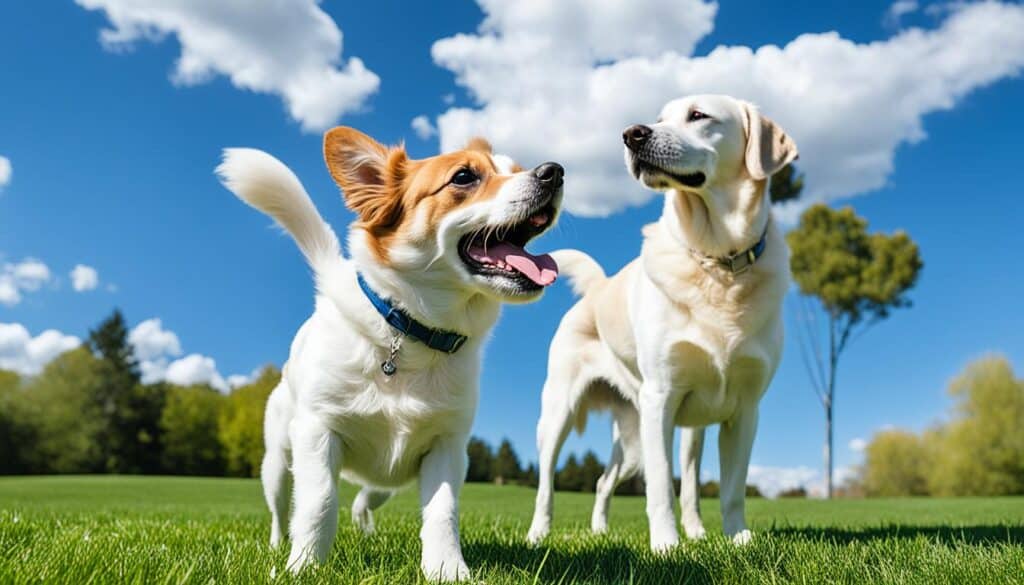
Indoor Potty Training and Dealing with Accidents
Indoor potty training methods can be a lifesaver when taking your dog outside is not possible. Two popular options are paper training and litter box training.
Paper Training
Paper training involves creating a designated potty area inside your home using pet pee pads or newspapers. Start by choosing a specific spot where you want your dog to eliminate. Place the pads or newspapers in that area. To attract your dog to the spot, you can use their waste or previously soiled pads by placing them in the center. Consistency is key, so make sure to redirect your dog to the designated potty area whenever you see them showing signs of needing to go.
Litter Box Training
Litter boxes designed specifically for dogs or adapted from cat litter boxes can also be used for indoor potty training. Just like with cats, dogs can be trained to use a litter box. Choose a box with low sides for easy access, and fill it with a dog-friendly litter or a litter substitute like shredded newspaper or wood pellets. Encourage your dog to use the litter box by placing them in it after meals, playtime, or whenever they show signs of needing to go. Reward them with praise and treats for using the litter box successfully.
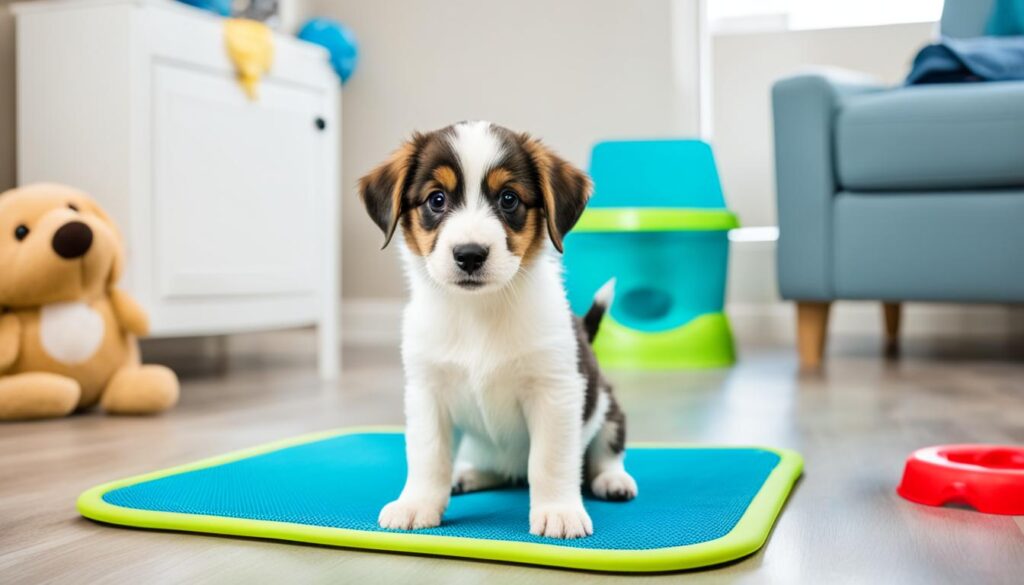
Accidents are bound to happen during the potty training process. When accidents occur, it is important to clean them up promptly using enzyme-based cleaners specifically designed for pet stains and odors. These cleaners help to eliminate the scent, preventing your dog from repeatedly soiling the same area. Avoid using harsh detergents or ammonia-based cleaners, as they can actually encourage your dog to eliminate in that spot again.
Remember, accidents are part of the learning process, and punishment should never be used. Stay patient and continue with positive reinforcement when your dog successfully goes in the designated potty area. With time and consistency, your dog will become more reliable in their indoor potty training.
Nighttime Potty Training and Establishing a Schedule
Nighttime potty training can be a challenge, especially when your puppy needs to go outside during the night while you’re asleep. To establish a successful nighttime routine, there are a few key tips to keep in mind. First, avoid feeding your puppy too close to bedtime to minimize the chances of them needing to go out during the night. Engaging them in a gentle game before they sleep can also help facilitate relaxation and prepare them for bedtime.
Removing their water dish a couple of hours before bed can help prevent unnecessary late-night bathroom trips. It’s essential to place your puppy in a crate or a restricted area near your bed. This will discourage them from soiling their sleeping area and make it easier for you to hear if they need to go outside. When your puppy wakes up during the night, take them outside immediately, and when they go potty, remember to praise and reward them.
As your puppy becomes more reliable in their potty training, gradually give them more freedom during the night. It’s important to establish a potty training schedule during the day as well. Take your puppy outside at regular intervals, especially after they wake up, eat or drink, play, and nap. By following a consistent schedule and providing positive reinforcement, you can help your puppy develop good bladder control at night and establish successful nighttime potty training habits.
